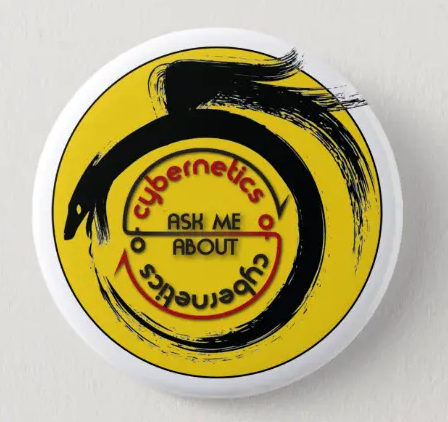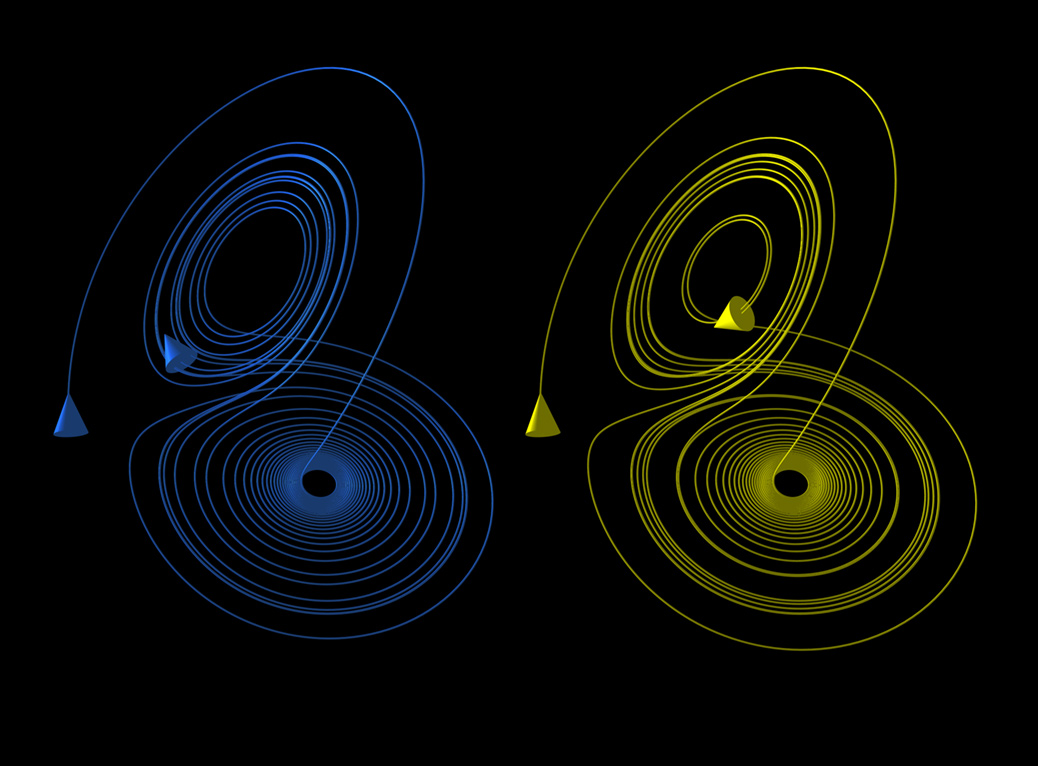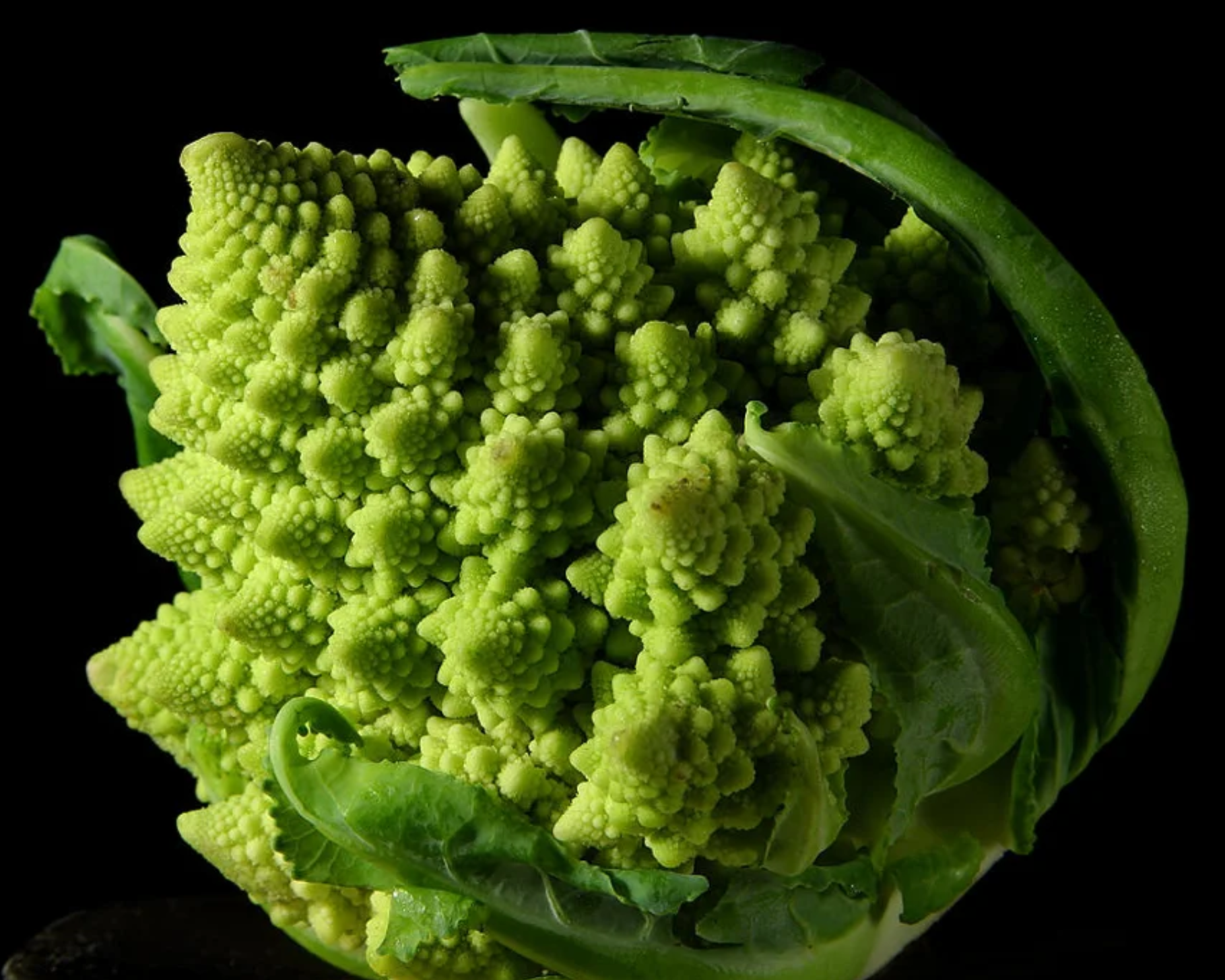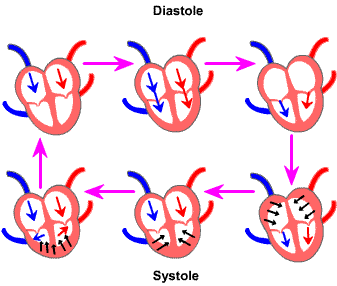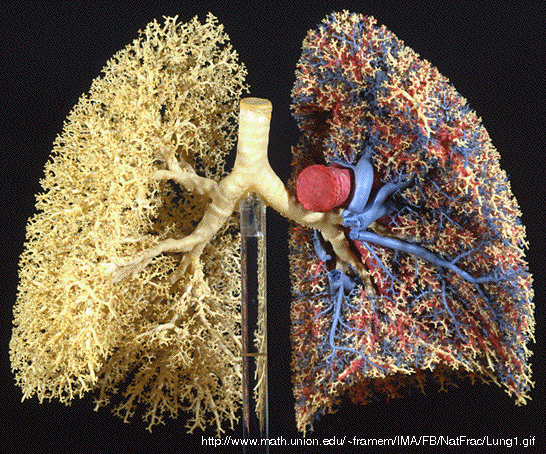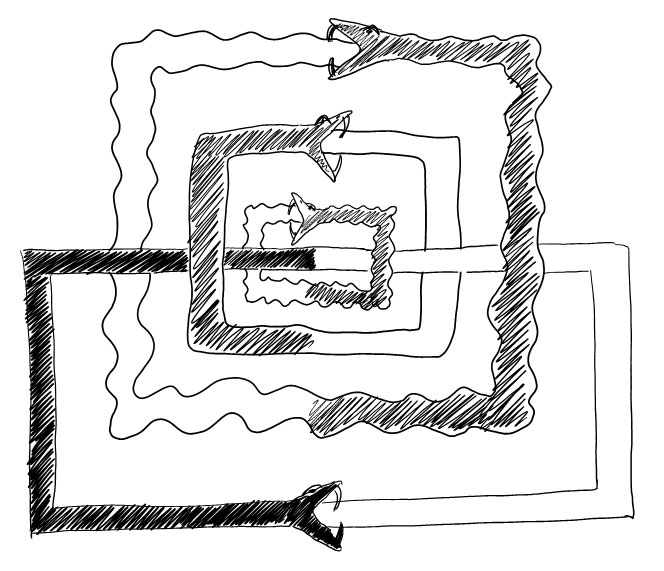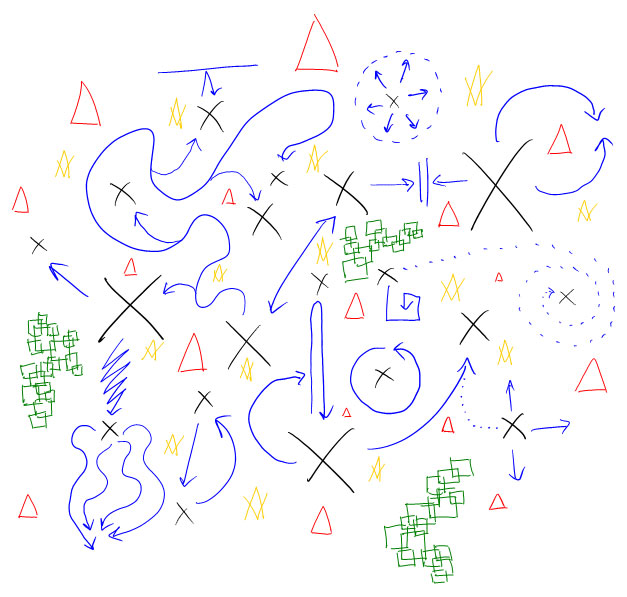Oct
18
2009
I made this button for all those people out there who want to keep complexity complex, who understand that feedback is the name of the game, and that the main rule of the game is that the rules must continually be modified. If you know about Calvinball, you know what I'm talking about: a...
Oct
12
2009
I had the good fortune to attend a Coros Institute meditative retreat: The Great Passage with Dennis Klocek on Whidbey Island a few years ago with my mother. It was an amazing event, full of profound wisdom, practical exercises, and excellent company. I would highly recommend it, not just for those who are thinking...
Sep
28
2009
A response to the question: "How is chaos theory non-determinant?"
This is an interesting question, because I think it might normally be asked in the opposite way: "How is chaos theory DETERMINANT?", because chaos theory is, well, chaotic, so it seems more logical to connect chaos with non-determinancy than with determinancy.
So to explore the question that wasn't...
Sep
26
2009
4. I don't understand how the butterfly effect looks like the structures seen in the book...a butterfly looking pattern.
The butterfly effect is just the name, slightly arbitrary, of the idea that complex systems exhibit the characteristic by which tiny tiny tiny (infintesimally tiny) changes in one part of the system have the potential (not...
Sep
24
2009
3. And so, there's all this talk about 'deterministic chaotic systems'... What exactly, is the stunning significance of this? I think I get that every shape in nature is ultimately created by patterns of itself within itself, but I'm confused as a biologist or physiologist or biochemist because things like continents are made of...
Sep
22
2009
2. Does the fractal model also work for dynamic, fluid or changing shapes?
Yes, in fact this is it's most 'natural home' I think. The reason is that fractals are about processes, not things, and processes are just that: descriptions of changes, not of things, and changes have a way of, well, being DIFFERENT the...
Sep
20
2009
The following four questions (one per post) were posed in a recent class. My edited responses follow.
1. So I understand that any shape in nature can be converted to a mathematical formula, right? Then you take that formula and plug in the variable related to that shape and feed the answer into the variable...


